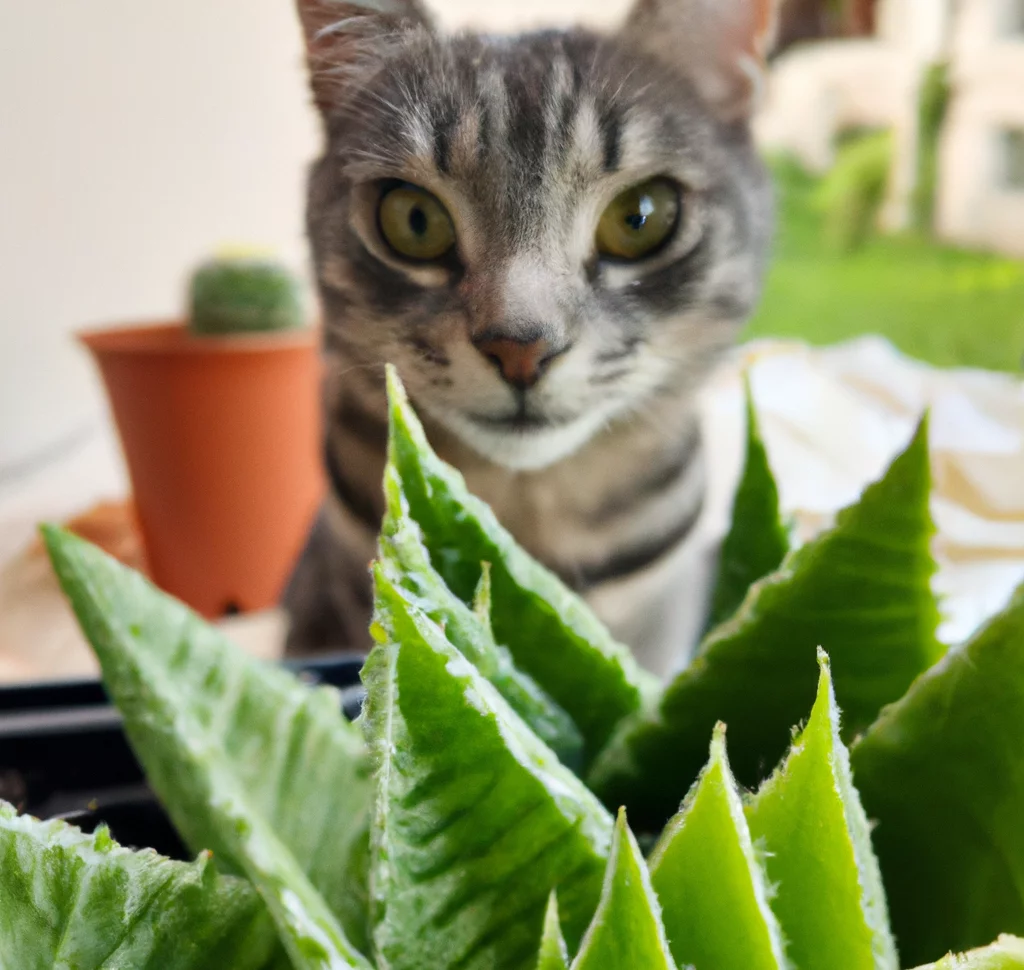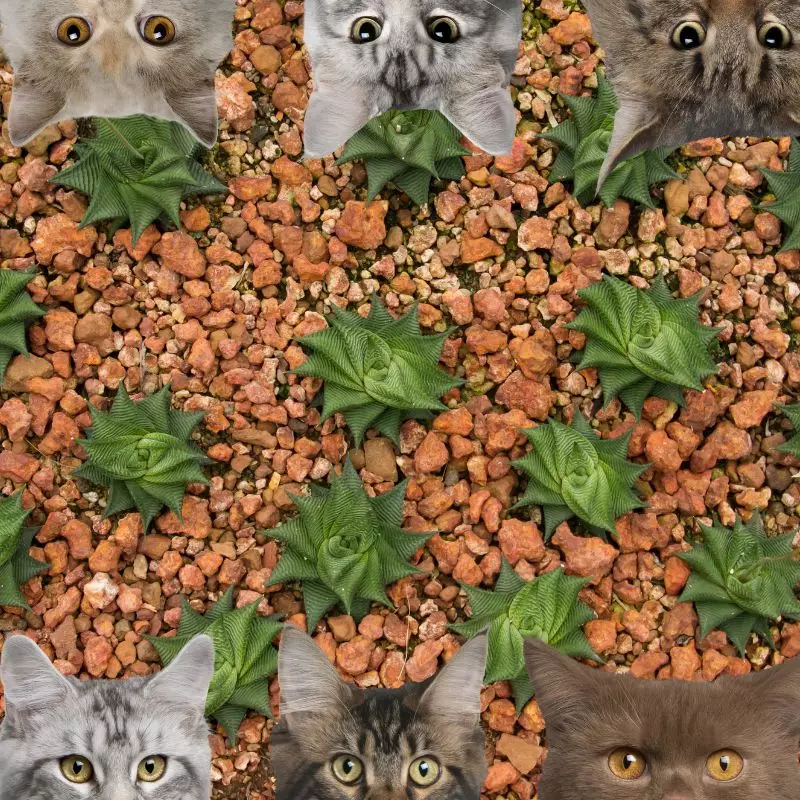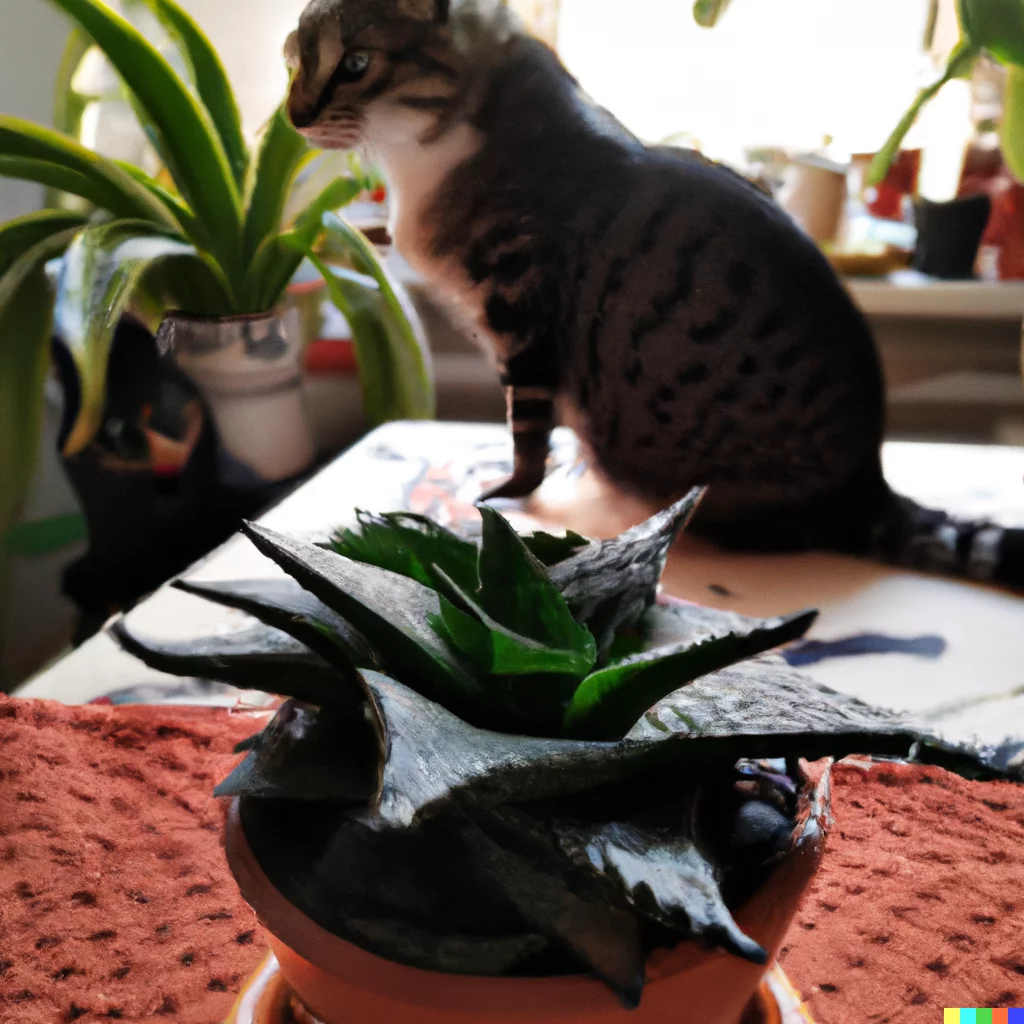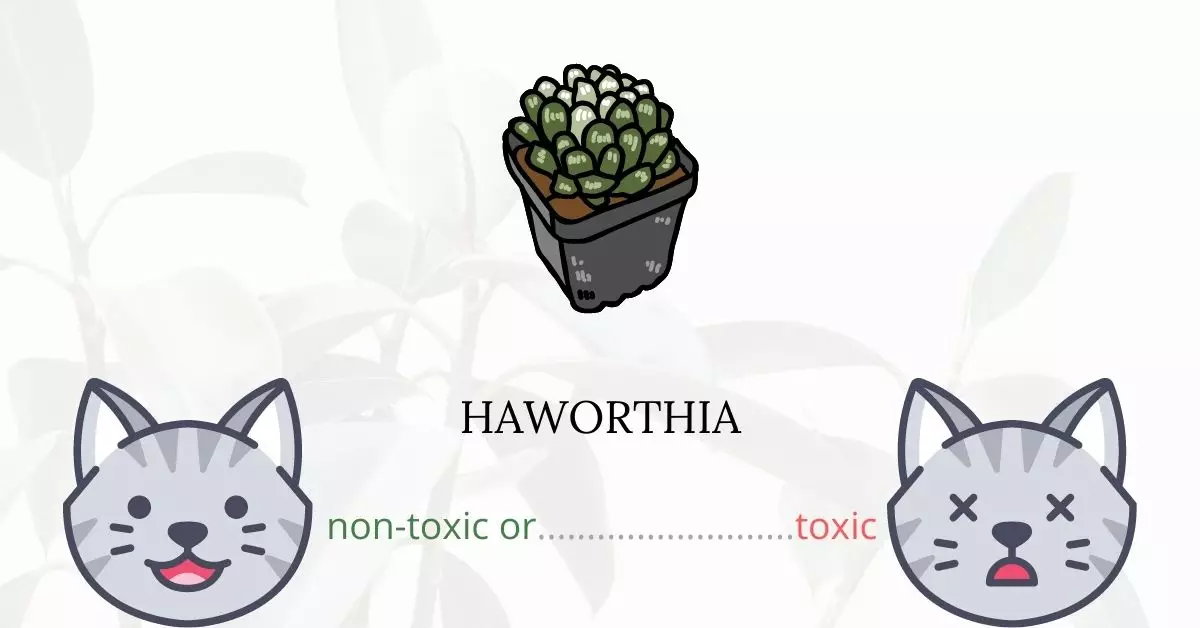Haworthias are not toxic to cats.
To ensure the accuracy and trustworthiness of this information, this article has been written in collaboration with a team of experienced DVMs (doctors of veterinary medicine). Their insights and expertise have greatly contributed to our comprehensive understanding of the potential risks associated with various plants, specifically Haworthia, and their effects on cats. In addition to their valuable input, our research encompasses data from high-authority websites such as the ASPCA and PetMD.
It’s worth noting that while Haworthia may resemble aloe in size and shape, the latter is known to be toxic to both cats and dogs. However, rest assured, Haworthia is safe for your feline friends.
Can Cats Eat Haworthia?

If they ingest Haworthia by mistake, not much will happen. In fact, animals like cats and dogs are very aware of how to maintain good health. They make an effort to be cautious and give everything a good sniff before eating.
Hence, cats are less likely to consume Haworthias. In case they eat it, either mild vomiting will occur or nothing does. It also depends on how they are feeling physically. Due to the taste, they could feel a little uneasy.
What is Haworthia?

The Haworthia is a little succulent that is indigenous to South Africa and is among the easiest houseplants to take care of. Although this can vary greatly between variations and even within the same species, it is distinguished by its architectural structure, which is often made up of lone columns that form in layers.
The rosette-like, densely arranged foliage clusters of a common Haworthia are its defining feature. While some species are softer and even translucent, other species are hard, strong, and dark green. When exposed to direct sunlight, those of the hard, dark green variety can change color to a rich purple-red and generally have white dots.
They belong to the Aloaceae family of aloes and are closely linked to aloes. Aloes, Haworthias, and their relatives were once thought to be a member of the very vast lily family (Liliaceae), which has since been divided into more significant groups. Older reference books, however, classify Haworthias as members of the lily family.
Keeping Cats Away From Haworthia

Place your succulents on shelves, and windowsills, or hang them from the ceiling for a more dramatic look. You may even arrange cacti or all of your succulents in one enormous cage.
Make sure your succulents are hefty and stable enough so that your cats won’t be able to knock them over by placing them in terrariums, either open or closed, to protect them from your cats.
Using aluminum foil is another method. Use it by wrapping a layer around the succulent pot’s top. As cats don’t like to tread on this specific material, you can also scatter fragments of aluminum foil on the ground.
Plants to Avoid For Your Cats
If you are a cat owner and unsure if the plants growing in your yard are harmful to your cats, check out this list of toxic plants for cats. You can also check our list of non-toxic plants for cats.





